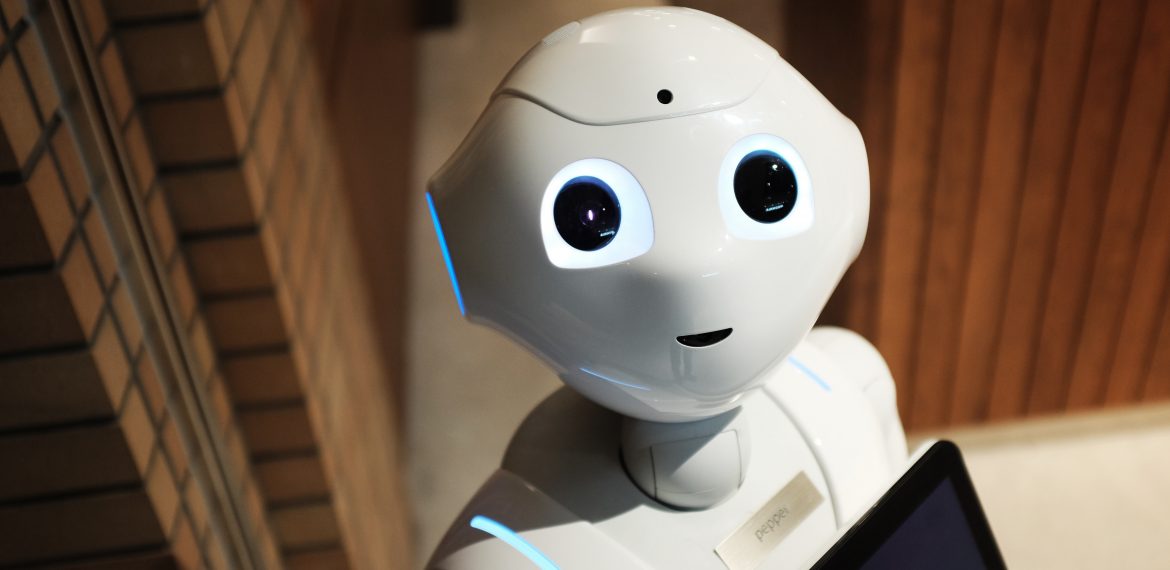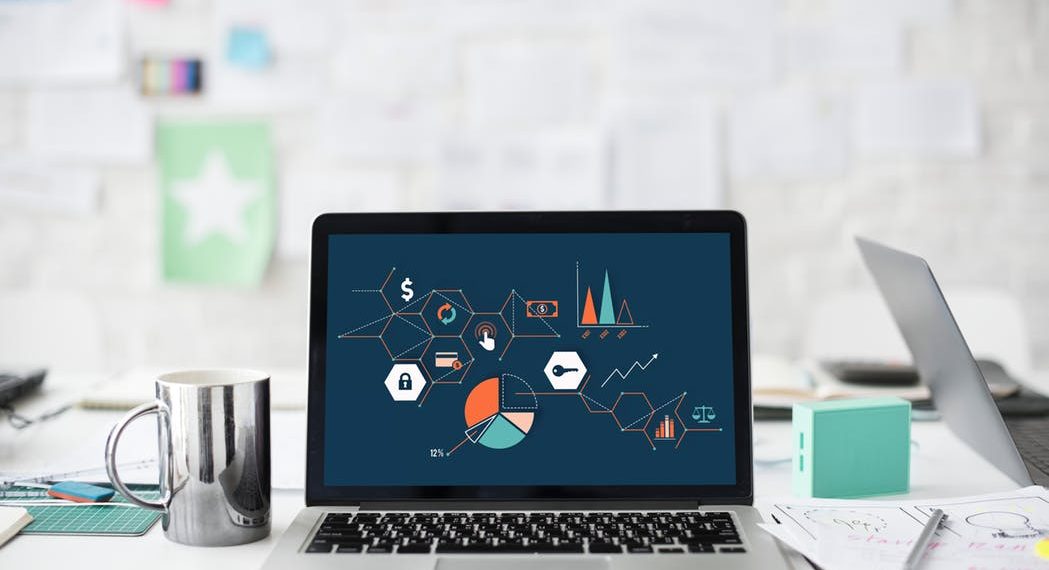Contents
Digital & Mobile Technology
Refers to the ability and platforms that allow users to interact online, often in real time. Users can conduct live chats, and create or leave comments on blogs or discussion groups.
Simulations are akin to video games, which automatically make them more attractive to your students. There are many types of simulations that can help instruct children, teens, and college students. For example, there are flight simulators that can be used to help highlight different areas, such as the historic flight
Refers to the use of technology, such as video or webcams, allowing large numbers of teaching students to observe classrooms without disrupting the teaching or learning process. These can then be discussed afterward.
Describes a teaching portfolio contained on an external storage device rather than hard copies filed in a notebook.
When a grownup intervenes in the learning process by giving the student assistance which in turn helps the student learn at a faster rate than they would have if they were left to their own devices.
The development and ability of computer programs to complete tasks normally performed by people, such as speech recognition, language translation, visual perception, and even decision making. In the future, we can expect to see even more artificial intelligence in the classroom. Artificial intelligence could be used to personalize the education
Digital leaders do more than consume information. They synthesize learning and use it in collaborative environments. Digital leaders are dynamic change agents who transform the status quo, facilitate better communication and understanding, and integrate a variety of technology tools in their lives. Also, digital leaders improve technology experiences not just
Many elearning courses are designed to be rolled out internationally, but in order optimally to engage learners in different regions, they need to be ‘localized.’ Elearning localization tweaks elearning tools so that they are sensitive to language differences and varying cultural attitudes in a given region.
These tools enable educators to build and adapt elearning systems to suit the specific needs of their classrooms.
Elearning that takes place outside of the classroom. This is a good way of motivating students to pursue autonomous private study.






